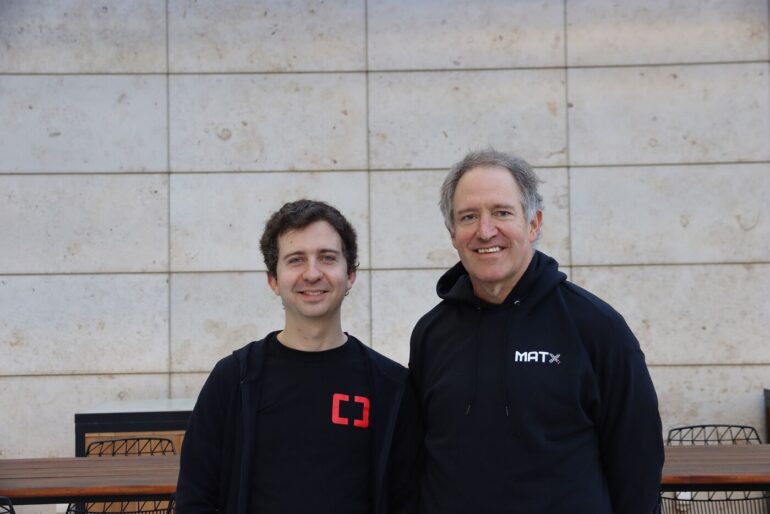- MatX, founded by Mike Gunter and Reiner Pope, aims to design AI-specific silicon chips for large language models (LLMs).
- The company challenges Nvidia’s dominance in the AI chip market by proposing a streamlined chip design focused solely on LLM tasks.
- MatX’s approach contrasts with Nvidia’s GPU-centric strategy, emphasizing computational efficiency for LLMs.
- Backed by $25 million in funding and support from AI investors Nat Friedman and Daniel Gross, MatX operates in Silicon Valley.
- The rise of AI presents a lucrative opportunity for chip startups like MatX to innovate and disrupt the semiconductor market.
Main AI News:
After approximately 25 years, Silicon Valley is experiencing a renaissance reminiscent of its old-school days. The market dominance of Nvidia Corp. in AI chip technology has inspired other companies to venture into the challenging terrain of semiconductor design. Despite the historical difficulties and expenses associated with developing chips from scratch, the allure of AI’s potential has spurred these ventures.
Among the pioneers in this domain are Mike Gunter and Reiner Pope, founders of MatX. Their mission is to craft silicon tailored specifically for processing the vast amounts of data required by large language models (LLMs). With LLMs like OpenAI Inc.’s ChatGPT and Google’s Gemini driving the need for expensive chips, there’s a lucrative opportunity for companies that can produce more cost-effective and efficient alternatives.
Gunter and Pope bring with them valuable experience from Alphabet Inc.’s Google, where they tackled AI hardware and software challenges. Their departure from Google was motivated by the constraints of existing AI chips, which were not optimized for LLMs. MatX aims to fill this gap by designing chips dedicated solely to accelerating LLM tasks.
The company’s approach contrasts with Nvidia’s GPU-centric strategy, which, although successful, may not fully address the evolving demands of AI. MatX advocates for a streamlined design focused on maximizing computational efficiency for LLMs. Their bold claim of achieving at least a 10x performance improvement over Nvidia’s GPUs underscores their confidence in disrupting the AI silicon market.
Backed by $25 million in funding, including support from prominent AI investors Nat Friedman and Daniel Gross, MatX operates in the heart of Silicon Valley. Positioned amidst the historical backdrop of innovation, the company embodies a trend of nimble startups leveraging breakthroughs from tech giants.
As AI continues its trajectory, the demand for computational power is set to soar, presenting a significant market opportunity for MatX and its peers. With the prospect of trillion-dollar investments in AI development looming, the semiconductor landscape stands on the brink of transformation. MatX’s endeavors may mark the beginning of a new era in chip innovation, where agility and specialization reign supreme.
Conclusion:
MatX’s venture signifies a pivotal moment in the semiconductor industry, where specialized AI chips tailored for LLM tasks are gaining prominence. As AI continues to reshape computing, MatX’s streamlined chip design could challenge established players like Nvidia, driving innovation and competition in the market. Investors and industry stakeholders should monitor MatX’s progress closely, as it may herald a new era of AI-focused semiconductor solutions.

